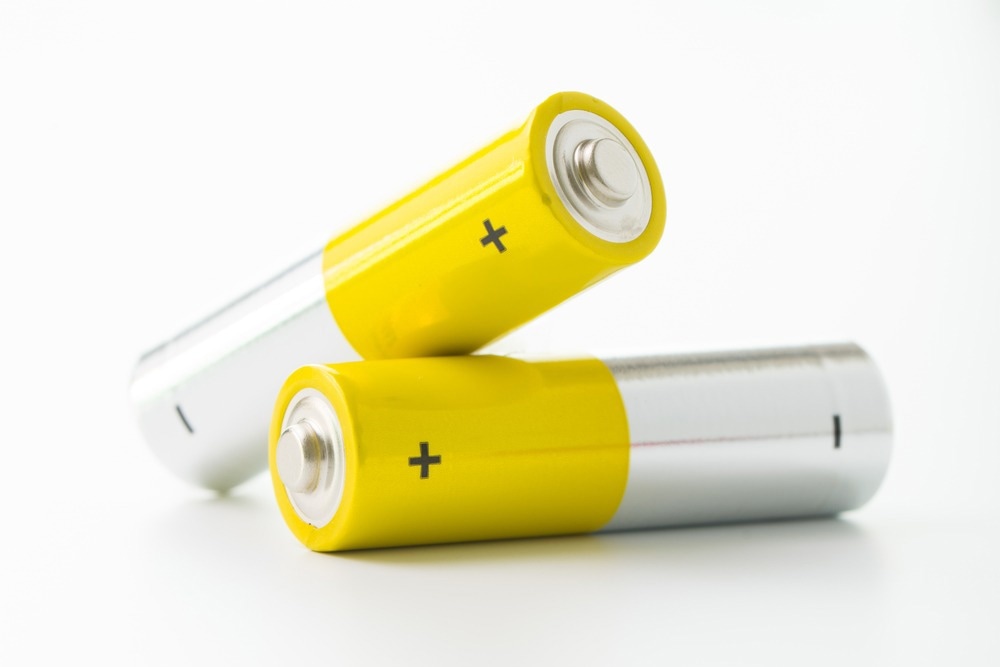A research team from the Chinese Academy of Sciences (CAS) at the University of Science and Technology of China (USTC) led by Prof. Wei Chen created a rechargeable hydrogen-chlorine (H2-Cl2) battery that can function in a wide temperature range of -70 °C to 40 °C. The study was featured as the cover article in the Journal of the American Chemical Society.

Image Credit: Kenishirotie/Shutterstock.com
These days, hydrogen fuel cells have outstanding prospects for both sustainability and hydrogen abundance. Among hydrogen fuel cells, H2-Cl2 fuel cells have gained prominence because of their quick electrochemical kinetics, elevated redox potential, and high specific capacity of the Cl2/Cl- redox pair.
Unfortunately, during the charging process, the volatile chlorine gas cannot be held in place, which leads to low reversibility and Coulombic efficiency (CE). The development of aqueous chlorine batteries with high performance and temperature application is an important necessity.
Initially, the group found that conventional adsorptive cathodes had low reversibility because they were unable to immobilize Cl2 due to the absence of binding sites with significant affinity for Cl2. The researchers created a hierarchically porous carbon cathode made of macroporous carbon felt (CF) and extremely micro-/mesoporous carbon (HPC) to address this issue. This improved reversibility and successfully contained the Cl2 on the cathode.
The researchers demonstrated that the H2-Cl2 cells ran continuously for 500 cycles at a discharge capacity of 3 mAh cm-2, maintaining a high CE and stability. In addition, the cells perform admirably at extremely low temperatures, preserving a high specific capacity of 282 mAh g-1 at -70 °C and a discharge plateau of 1.1 V.
The Cl2/Cl- reaction happens concurrently with the reversible formation and breakage of C-Cl bonds, which improves the reversibility of the Cl2/Cl- cathodes. This was discovered by the team by combining X-Ray photoelectron spectroscopy (XPS) with theoretical calculations to better understand the mechanism of reversibility improvement.
The design of high-energy-density hydrogen batteries and aqueous chlorine batteries across a broad temperature range can be guided by the new direction this study offers.
Journal Reference
Xie, Z., et al. (2023) Rechargeable Hydrogen–Chlorine Battery Operates in a Wide Temperature Range. Journal of the American Chemical Society. doi:10.1021/jacs.3c09819.
Article Revisions
- Jan 6 2025 - Meta Title and Description has been updated to fall inline with Google recommendations and a malformed link has been repaired.